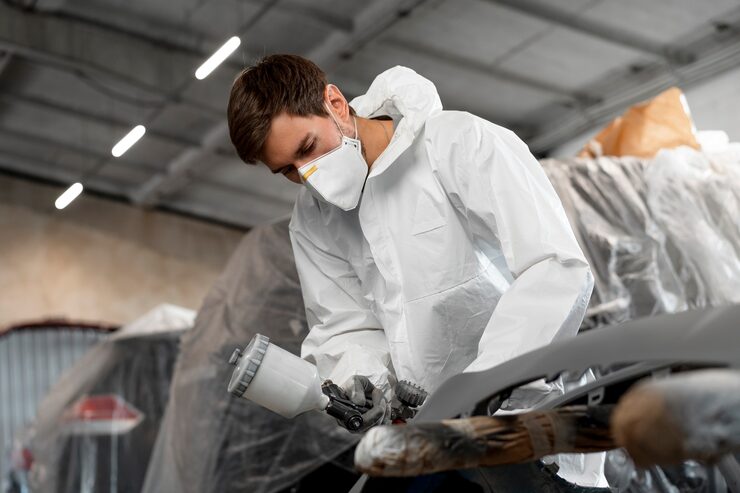Our bodies hold emotions, and physical symptoms often show up as signs of emotional stress. The phrase “butterflies in your stomach” is a clear example of how anxiety can show up in the gut.
The word “emotion” comes from a phrase meaning “energy in motion.” When we feel intense anger or fear, that energy can get stuck in certain body parts, causing a faster heartbeat, tight muscles, or digestion issues. If ignored, these signals can become long-term problems. Trauma can also affect the body over time by interrupting natural healing.

Today, we know the mind and body are connected. Anxiety affects the body through the nervous system, hormones, and other chemical messengers. Our bodies are always giving us information through sensations — we just need to pay attention. Bodywork is a practical way to tune into that wisdom and support physical and emotional well-being.
What is bodywork?
Bodywork covers a range of therapies that use touch, sound, breath, and movement to help release stored tension and support healing. It’s not a new fad — body-focused healing goes back thousands of years. Physical touch for comfort and pain relief appears in medical texts from ancient China more than 5,000 years ago.
In bodywork, you’re guided to notice where your body holds tension and what feelings come up. Through gentle self-checking and calming techniques, you can begin to let go of suppressed emotions and improve your mood and health.
A short progressive muscle relaxation (15 minutes)
Touch and awareness are central to bodywork. Your hands and fingertips are sensitive and help you bring attention to the body. Here’s a simple 15-minute practice to tune in: progressive muscle relaxation.
– Sit comfortably, close your eyes, and let your body relax. You can play soft music if you like.
– Step 1 — Tense: Focus on one muscle group (for example, your left hand). Inhale slowly and tighten the muscles as much as you can for about 5 seconds. You should feel the tension clearly — it might even shake a little. Don’t cause pain; only tense the target muscles.
– Step 2 — Release: After about 5 seconds, exhale and let the tightness go. Notice how the muscles become loose and soft. Spend about 15 seconds tuning into the difference between tension and relaxation before moving on.
It can take practice to feel the contrast between tightness and ease. Start with your feet and move upward through the body, for example:
– Feet: curl your toes downward
– Lower legs and calves: tighten by pulling toes toward you
– Thighs: squeeze the thigh muscles
– Repeat the leg sequence on the other side
– Hands: clench your fist
– Arms: tighten your biceps as if making a muscle, while clenching your fist
– Repeat the arm sequence on the other side
– Buttocks: squeeze the muscles together
– Stomach: draw your belly in
– Chest: tighten by taking a deep breath
– Neck and shoulders: lift your shoulders toward your ears
– Mouth and jaw: open wide or stretch the jaw
– Eyes: squeeze your eyelids shut
– Forehead: raise your eyebrows as high as you can
Repeat the tension–release cycle for each group. When you finish, take a few moments to enjoy the relaxed state.
Benefits and cautions
Bodywork can lower stress, improve sleep, ease chronic pain, and boost circulation. While it’s not a replacement for medical care, it can be a helpful daily practice to balance your mood and reduce physical discomfort. If you’re working with deep trauma, seek a trained facilitator experienced in trauma and PTSD coping methods.
Author bio
The InnerCamp is a global community offering expert-led tools to raise awareness, heal trauma, let go of anger, and rewire the brain. Our goal is to help you reconnect with your inner strength and stand firmly in your personal and professional life.